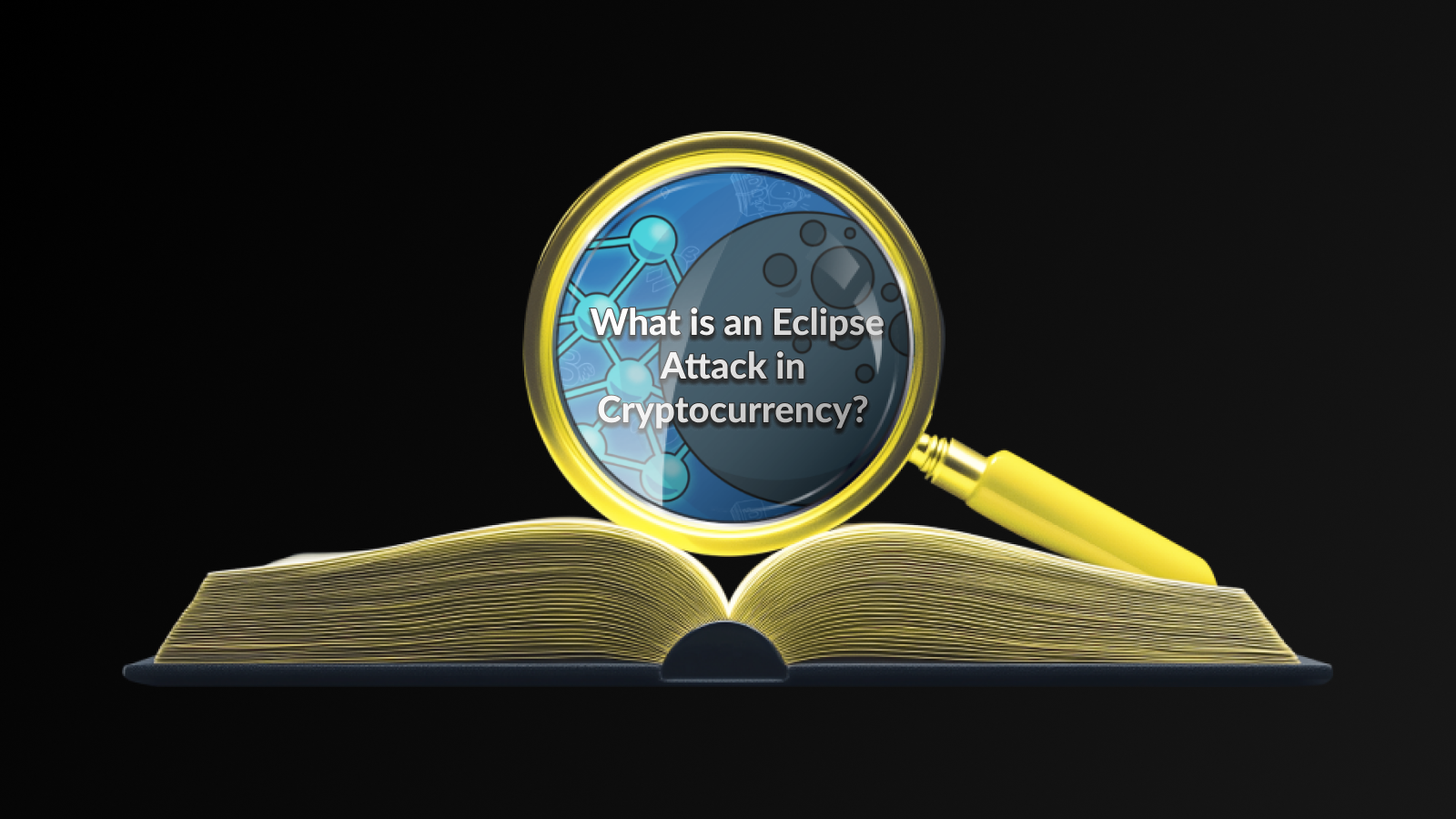Introduction
A Dusting Attack in Cryptocurrency is a method employed by malicious actors to compromise the privacy and security of cryptocurrency holders. This type of attack involves sending tiny amounts of cryptocurrency, often referred to as dust, to multiple wallet addresses. The primary objective of a dusting attack is to identify the owners of these wallet addresses. Once the owner is identified, attackers can potentially use this information for further malicious activities, such as stealing funds or executing phishing attacks.
Understanding the mechanics of dusting attacks is crucial for anyone involved in the cryptocurrency ecosystem, as it highlights the vulnerabilities that can arise from seemingly harmless transactions. Knowing the implications of such attacks can help users take the necessary precautions to safeguard their assets and maintain their anonymity.
How Do Dusting Attacks Work?
A Dusting Attack in Cryptocurrency involves attackers sending a small amount of cryptocurrency, often termed dust, to numerous wallet addresses. The objective behind this seemingly innocuous act is to track the transaction and spending behaviors of the recipients. Once these small amounts are sent, the attackers can analyze the blockchain to link various addresses together, revealing the identities of the users behind each wallet.
Typically, the amounts sent are so minuscule that they may go unnoticed by the wallet holders. However, the real danger lies in the potential for the attackers to determine which wallets are intertwined, allowing them to build a profile of the victims’ transactions. This information can be leveraged for malicious purposes, including phishing attacks or even attempts to extort the unsuspecting user.
As the recipients respond by consolidating their funds or moving them to other wallets, attackers can glean more insights about their overall financial activities and potentially compromise their security in the crypto space. The data obtained can also be sold on the dark web, adding further implications to the attack.
Hence, a Dusting Attack in Cryptocurrency is not merely a trivial nuisance; it poses significant privacy and security risks. Users need to be vigilant not only in monitoring their wallets for unsolicited transactions but also in understanding the potential consequences of such attacks on their digital assets.
Understanding the implications of Dusting Attack in Cryptocurrency is crucial for any crypto holder. These attacks can lead to severe privacy and security concerns. When a malicious actor sends small amounts of cryptocurrency, known as dust, to different wallets, they aim to track wallet activity. This tracking can compromise an individual’s anonymity, making it easier for the attacker to associate transactions with a user’s identity.
Furthermore, a Dusting Attack in Cryptocurrency can be a precursor to more significant risks such as account hacking or identity theft. Once the attacker links various addresses to a single entity, they can exploit that information for phishing scams or other types of cybercrime. This association becomes even more dangerous when an attacker can identify the movement of funds and understand a user’s financial patterns.
In addition, the psychological impact on victims cannot be understated. Knowing that their transactions are being monitored can lead to anxiety and fear among cryptocurrency users. Many individuals may unwittingly become overly cautious, leading to hesitation in making legitimate transactions.
Overall, the danger posed by dusting attacks lies not just in the immediate financial risks but also in the broader implications for user security and privacy in the cryptocurrency landscape. Staying aware of these threats and understanding their potential impacts is essential for every participant in the crypto ecosystem.
How Can You Protect Yourself from Dusting Attacks?
Protecting yourself from a Dusting Attack in Cryptocurrency requires vigilance and proactive measures. One of the most effective ways to mitigate the risks is by enhancing your privacy. You can use privacy-preserving wallets or tools that help obfuscate your transaction history, making it harder for attackers to track your activities.
Another important step is to regularly monitor your wallet for any suspicious activities. If you notice small amounts of cryptocurrency sent to your wallet that you did not expect, it’s crucial to take action. Be ready to consider such anomalies as potential dusting attacks and respond accordingly.
Using multiple wallets can also be part of your strategy. By segregating your assets across different wallets, you minimize the risk associated with any single wallet being targeted in a Dusting Attack in Cryptocurrency. This way, even if one wallet is compromised, your other funds may remain secure.
Educating yourself about the latest security practices within the cryptocurrency space is vital. Staying informed about emerging threats and understanding how dusting attacks work will better prepare you to identify tactics used by attackers and respond effectively.
Frequently Asked Questions
What is a dusting attack in cryptocurrency?
A dusting attack is a type of malicious activity in the cryptocurrency space where an attacker sends a tiny amount of cryptocurrency, known as dust, to multiple addresses of unsuspecting users to track their transactions and gain insight into their financial activities.
How does a dusting attack work?
In a dusting attack, the attacker sends small amounts of cryptocurrency to many different addresses, often using the blockchain’s public ledger to observe and connect the dots between various transactions and wallet balances, ultimately aiming to reveal the identity of the wallet owners.
What types of cryptocurrencies are commonly targeted in dusting attacks?
Any cryptocurrency that allows for transactional traceability can be targeted in dusting attacks, but Bitcoin and Ethereum are among the most common targets due to their popularity and the amount of public transaction data available.
What are the potential risks of a dusting attack for users?
The primary risk of a dusting attack is privacy loss. Once an attacker links a user’s wallet to their identity, they can further target them for phishing attacks, social engineering fraud, or other malicious activities.
How can users protect themselves from dusting attacks?
Users can enhance their privacy by using privacy-focused wallets, regularly moving their funds to new addresses, and being cautious about sharing their wallet addresses publicly or connecting them to identifiable information.
Is it possible to ignore dust from a dusting attack?
Yes, many users choose to ignore the dust amounts, as they are often too small to be worth consolidating. However, it’s important to remain vigilant and monitor their wallets for unusual activity.
What should users do if they suspect they are a victim of a dusting attack?
If a user suspects a dusting attack, they should enhance their privacy measures, consider changing wallets, monitor their accounts for suspicious activity, and stay informed about potential phishing attempts related to their cryptocurrency holdings.
Disclaimer
This article is for informational purposes only and does not constitute financial, legal, or investment advice. Cryptocurrency investments and transactions carry risks due to market volatility and security threats. Always conduct your own research (DYOR) and consult with a professional before making any financial decisions. DarkEx does not guarantee the accuracy of the information provided and assumes no responsibility for financial losses.





